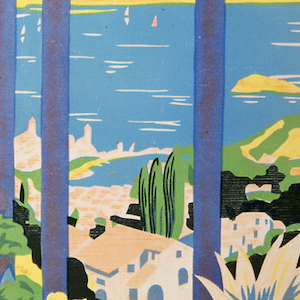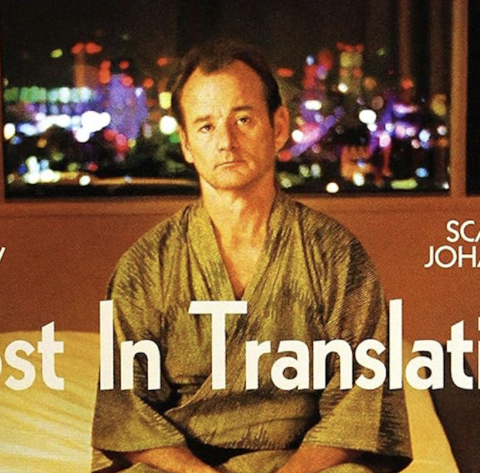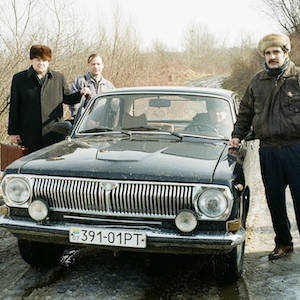TRIM; The Type
By Renee Umsted
“Read creative words
Find the deeper meaning there
Oh how it can change”
– Renee Umsted
People rush to get what’s fastest, newest, best, in all aspects of their life, including poetry. Technology has facilitated the creation of modern forms of writing, making haiku, like the one written above, a bit old fashioned. Perhaps that’s a reason why Instagram poetry has become so popular, particularly among younger demographic groups.
Instagram poetry–or Insta-poetry–is short, easily digestible and familiar to viewers, who often relate to the topics and ideas expressed in the writing. The format enables them to read a couple of lines about life or love, tap the like button, and continue scrolling. And social media is accessible to all people, including women, minorities and members of the LGBTQ community, so it breaks the barrier and allows these previously excluded groups to partake in creating and consuming literature.
Instapoet Anastasia (@romancecreativespeaks) has been publishing her work on Instagram for four years but has been writing poetry since she was 9 years old. She is inspired by many types of poetry, and the main themes of her work include relationships, love, spirituality and her own observations.
Photo credit: Anastasia (@romancecreativespeaks)
“I look for emotion when I’m reading poetry,” Anastasia wrote. “I look for resonance, I look for passion and depth. That is what I like about poetry, I like to see the variety of expressions.”
Although she also publishes her writing on Facebook and Twitter, she likes that Instagram enables her to write captions of any length and connect with other users through features such as commenting, direct messaging and liking.
Anastasia said while posting her work on Instagram allows her to encourage and inspire others, it is possible for people to falsely claim work as their own or copy ideas on that social media platform.
Photo credit: @romancecreativespeaks
Readers of her work tend to appreciate the emotion included in it and use her writing as grounds for reflection. Anastasia is working toward publishing at least one manuscript this year and plans to publish more, in the form of printed books, e-books and audiobooks.
“‘Instagram poetry’ will always be here because poetry is and will always be there,” Anastasia wrote in an email. “Poetry is poetry, with or without Instagram.”
Followers of these digital poets range from the thousands to the millions on social media platforms, and celebrities sometimes repost work by Instapoets on their own accounts. The writers have gained worldwide recognition, publishing collections that have made it on the bestseller lists in multiple countries.
Rupi Kaur, 26, is someone who has exploited the gap in the market for this type of digital poetry. After years of journaling, blogging and illustrating, in 2014 she self-published milk and honey, her first collection of poems and drawings. More than 1.5 million copies have been sold, and the book–which has been translated into about 30 languages–remained on the New York Times Best Sellers list for more than a year. Kaur’s motivation for writing is to document her experiences as a Punjabi-Sikh woman and to challenge the treatment of women in South Asia. She has about 3.4 million followers on Instagram, where she regularly posts her poems and sketches.
Lang Leav has also achieved success as an Instapoet, though she did not start out on Instagram. She self-published her debut collection online, and two years later she was meeting groups of 500 fans on a book tour in the Philippines. The author of three international bestsellers, Leav only really started to get involved with Instagram in 2015, two years after she published her first collection, Love & Misadventure. Since then, she has gained nearly 500,000 followers on that social media platform alone. Her most recent release, Love Looks Pretty on You, is a compilation of poetry and prose that focuses on emotions, self-empowerment and relationships.
Photo credit: @langleav
Some critics and academics have challenged the literary and artistic value of Insta-poetry, but that isn’t necessarily a new phenomenon. Neither is Instagram poetry the first new chapter in the story of poetry; before it came concrete poetry and haiku.
Concrete poetry is a form of poetry in which the visual elements are emphasized just as much as or even more than the words themselves, such that hearing the poem or reading it aloud can take away from the full meaning of the work. Some examples of concrete poetry can’t in fact be read or heard because they don’t contain any words or even letters. This type of verse has now come to include film, photography, sounds and elements that can be manipulated.
‘Easter Wings’ by George Herbert (1633)
Haiku, which did not become popular in Western literature until the 1900s, stems from the Japanese hokku, the opening lines of a longer piece called a renga. The hokku was used as a writing exercise for students but eventually was recognized for its own merit and became its own form, mastered by writers such as Basho and Yosa Buson. In English, it is written in three lines with five, seven and five syllables per line, respectively.
Photo credit: Dmitrismirnov
Haiku, concrete poems and Insta-poetry–they each have their own supporters and their own creators, their own platforms and their own themes. Trim poems certainly weren’t created out of the digital age, but the outcomes of the digital age do allow for things like Insta-poetry to prosper.











